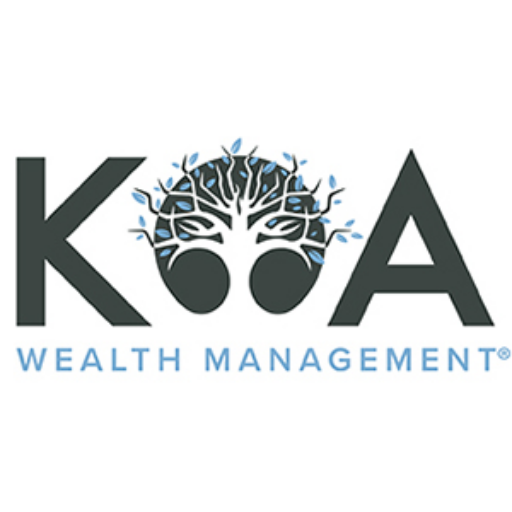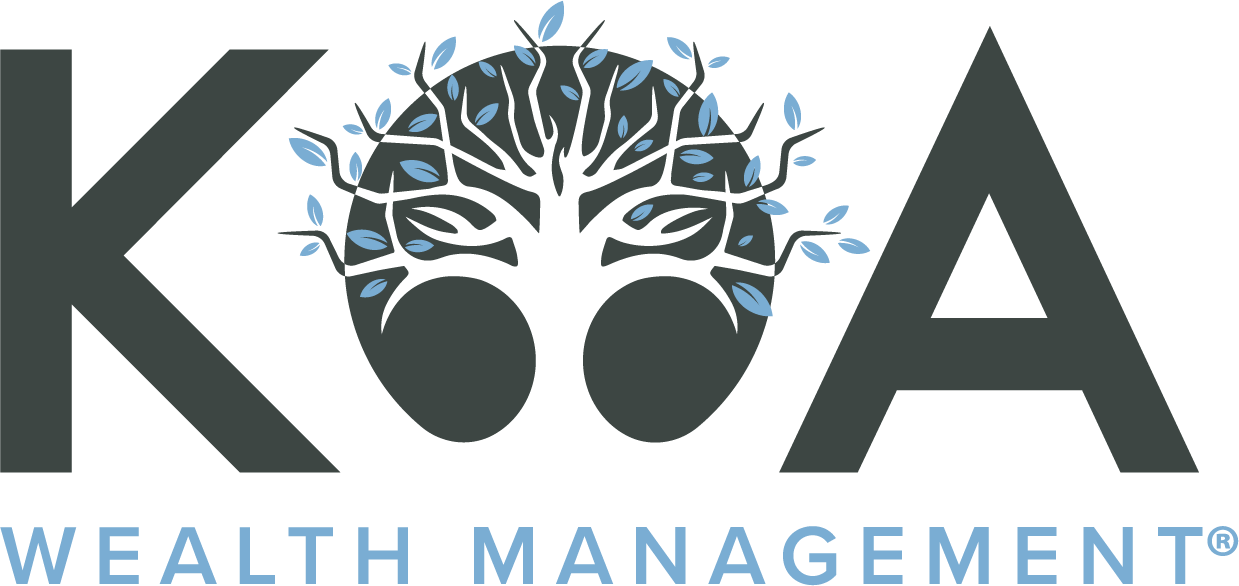Q4 2023 MARKET COMMENTARY
2023, may go down as one of the most surprising years in recent memory. As a firm we expected the deterioration in earnings that we witnessed in 2022 to continue into 2023, especially with the Fed intent on slowing the economy to bring the rate of inflation down to its preferred level of 2%. There were so many macroeconomic signs to point to which include an inverted yield curve, continued deterioration of LEI (Leading Economic Indicators), etc. – and yet we printed a 4.9% GDP growth number in Q3! While we do appreciate ending 2023 on quite the positive note from a return’s standpoint, it’s akin to an athlete not really savoring a win when they didn’t necessarily play their best game. We came into 2023 under-invested holding larger amounts of Treasury Bills and other forms of liquidity, expecting a rough year. While we did not chase markets higher throughout the year, we were able to find new investments during the year that fit our comfort level for current value, sufficient market pessimism around the name and we think will provide substantial upside return potential in the years ahead (More on that to come). As we head into 2024, we want to remind clients – many of the factors that we were worried about at the beginning of 2023 are still present to start 2024. Does it mean we’ll have another surprising year of positive returns or will the recession that we’ve been waiting for finally arrive? As we sit here today, we don’t know – so again, much as we did in 2023, we’ll continue to look for investments that we believe have A-symmetric returns, limited downside with higher upside potential.
We’ll lead off with Public Equities as it’s the most talked about area of investing and relevant to just about every investor. The S&P 500 had a terrific year finishing up +26.19%, after being down -18.17% in 2022. A terrific rebound to be sure, but where do we stand? Roughly at the same level as Q4 of 2021 – overall one of the most widely used investment indexes hasn’t made any real progress the last two years. The Nasdaq with its tech champions was up +54.85% in 2023, after being down -32.58% in 2022, but believe it or not is even further below its highs reached in Q4 of 2021. The Russell 2000 which holds what could be many of the great young companies of the future was up only +16.84% in 2023 after being down -20.48% in 2022… it’s still 20% below the highs hit in 2021. Outside of the US it’s been a mixed bag – China has been a basket case with their A-Shares down -12.49% in 2023 after being down -27.52% in 2022. The reopening of China post-Covid lock down has not resulted in any kind of economic recovery as has been witnessed in the US. However, commodity rich economies like Brazil were up +32.69% in 2023 after being up +12.35% in 2022… as were beneficiaries of the reworking of supply chains post-covid like India (+22.81% in 2023, -9.46% 2022) or Mexico (+40.36% in 2023, +1.26% 2022).1
Our philosophy around owning Public Equities has encompassed the following 1) Focus on owning the best companies – the strategy of indexing, where you effectively own all companies (Great, average & poor) has never made a lot of sense to us 2) Look to invest in what people and companies really need, where’s there’s less competition for profits, and watch for that company’s ability to exercise pricing power 3) Look for businesses that are durable that can survive hard times – stock prices go up and down, but a durable business won’t go bankrupt and will increase in value over each economic cycle 4) Where we feel we have competency, own the individual companies, where we don’t utilize a passive basket like a sector ETF or active management through a mutual fund. Timing is always a fickle thing as I attempted to hand off more of the portfolio duties in 2022, it ultimately amounted to several wrong moves/adjustments in our equity portfolio at the wrong time. Unfortunately, we had to part ways with that individual and we’ve been focused on rebuilding our strategy in 2023 and now into 2024. While we are not back at the levels where we’d like to be for our clients, I’m beginning to see evidence that new investments made during 2023 are starting to bear fruit. Public REITs, Healthcare and Utilities which were largely shunned by investors in 2023, have begun to show more promise of the last quarter and have started off 2024 on a solid note.
Private Equity was a new addition to the investment line-up for clients starting in 2021. We made some initial investment in the space which we then put on hold in 2022 to better understand how this investment might perform in a negative Public Equity backdrop. Much to our surprise our Private Equity Allocations were positive in 2022 and have been positive again here in 2023. As any investor knows, when you can avoid drawdowns on an investment, you’re generally ahead of another investment that must spend time recovering from a drawdown. While Private Equity may not be appropriate for every one of our clients, it’s something that should be part of the conversation as we move forward – for multiple reasons. First off, while there are thousands of companies that trade on public exchanges globally, they only represent 1% of the businesses out there – 99% are still private and not eligible for an investor to access. Secondly, there are several different ways to invest in Private Equity – traditionally that’s been done via a partnership using a capital call/drawdown structure. When investing in Private Equity this way, you’re effectively handing the manager a commitment to fund their purchases of companies, but you have no clue as to what they’ll actually buy and how those companies will perform – often times you don’t really know what you have until you’re 5, 6 or 7 years into the investment period, with no ability to sell your holdings easily if you don’t like the results. We’ve opted to invest in Private Equity primarily through a strategy called “Secondaries”. A Secondary investment effectively comes together when an LP who’s been invested in a fund wants to exit that fund, however the GP won’t be returning their capital in the near future. If the LP wants to exit the fund, they’ll need to sell their shares (Often at a negotiated discount) to another party who must be approved by the GP to take over their position in the fund. Besides being able to purchase an investment at a discount to the current value, the buyer also has the ability to do due diligence on the investments that are already baked in the fund, which in our opinion lowers the risk for the investor. The exiting LP gets their capital back and the purchaser gets to buy high quality assets at a discount with a high degree of transparency. With the slowdown in Private Equity transactions in 2022 and 2023, this has been a hot area that continues to gather capital.
Private Real Estate, which had been so good to our investors from 2019 through the front half 2022 finally fell upon some tougher times over the last 18 months. The Federal Reserve’s increase of the Fed Funds Rate let to interest rates ratcheting up across the economic landscape – increasing the cost to finance real estate purchases and ultimately raising cap rates (Lowering valuations) on existing commercial real estate assets. While we saw a drawdown in NAV during this period, our investors continued to collect a healthy level of tax efficient monthly income. Given the much smaller drawdown in Private REIT values vs. their publicly traded peers, for many clients we opted to turn off their monthly auto-reinvestment and instead took the cash to reinvest into the Public REIT Market. Our strategy was to look for investments in the Public Market that would be complimentary to our Private Market holdings but also would provide substantially higher returns if they in fact recover as we expect they’ll do. One of these investments is the world’s leading Cell Phone Tower company who in 2021 also went out and purchased another Publicly Traded Data Center REIT. We think this combination of Cell Phone Towers and Data Centers could prove to be valuable as interest in Data Centers have sky-rocketed in 2023 with a lot of hype around the potential for AI (Artificial Intelligence). At current our investment is the only company we know of combining Cell Towers and Data Centers on the same platform – creating a play on Tech Infrastructure that we think could create a lot of value long term. The second investment was a high risk, niche investment into Industrial Real Estate but one we think again could have outstanding total return potential (Combination of the elevated yield and future capital appreciation). This particular investment is the only publicly traded real estate company focused on serving the cannabis industry. Cannabis has been an area of incredible excitement and investment over the last 6-7 years as states have begun to legalize its use. However, as in any new industry it still has a number of challenges which include the following 1) Lack of Federal legalization and therefore limited access to the banking system 2) Cannabis is labeled as a Schedule 1 drug by the DEA which prohibits the companies that sell it to take advantage of normal business tax deductions (280E) which results in Federal Tax Rates well in excess of those of a typical business 3) Despite state legalization, illicit trade is still flourishing and under-cutting legally registered vendors who complying with registration fees, taxation, etc. 4) Too much capital was invested in the area and therefore created too much supply and competition amongst legal players, causing a number to file for bankruptcy over the last two years. With all these headwinds, why would anyone think about touching any investment in this space? Because many have come to that conclusion, they have absolutely hammered the stock prices of any companies directly involved in or providing services to the cannabis industry… but there in lies the potential opportunity. Our investment has sold off 75% over the last 2 years, despite continuing to grow its cash flow and increase its dividend. Its tenants have come under stress, some of which have defaulted on leases – but the REIT has been able to either re-work the leases or replace the tenants with new stronger companies. Although the culling of the cannabis industry has been painful, the strongest operators will survive and despite the competition with illicit sales it’s still growing nicely overall. The final two items that could be game-changers in 2024 1) HHS (Human Health Services) has recommended to the DEA that they re-schedule cannabis from Schedule 1 to Schedule 3, something they are currently reviewing – if they agree, this would remove the restrictions of 280E on these companies and greatly improve the cash flow health of these cannabis cultivators 2) The SAFE Act is currently winding its way through Congress, which if approved would allow cannabis companies to utilize the US Banking System more similarly to other businesses that operate in our economy, allowing them access to more normal forms of financing to grow and sustain their businesses. In conclusion, we made some very opportunistic investments in the Public REIT space in 2023 that we believe have a lot of upside in the years to come and with the cessation of rising interest rates that we’ve experienced over the last quarter, we believe Private Real Estate has a strong chance to start recovering here in 2024 and return to the more typical positive total returns that we experienced from 2019-2022.
We wrote at length about Debt Markets and our approach to them in our Q3 Report. Substantially the only thing that changed over the last 90 days, was a recent peak in long term treasury/mortgage rates at the end of October followed by an aggressive move lower in rates during November & December (Hmmm might that have had something to do with the large year end rally in stocks!). To give a more specific example, the 10-year US treasury rate peaked at just about 5% in October and fell to below 4% by the end of December – a massive 20% reduction in that important benchmark rate. In our opinion we continue to err on the side of keeping a higher than normal (For us at least) exposure overall to high grade debt in the Public Markets while opting to expose our investors to credit risk through the Private Debt space. Should a credit event emerge in 2024, we would expect our high-grade allocations in the Public Markets to rally or increase in value while our Private Credit investment in public markets would be marked down (But we believe to much lesser extent than what could be experienced in Public Market Credit Investments). While it’s not our base case that we’ll have a credit event in the next 12 months – the reality is that we’ve seen a massive increase in interest rates globally over the last 18 months after more than a decade of incredibly and even negative interest rates in parts of the world. We believe there’s the potential for more stress to show up on the liability side of the ledger over the next three years. For some of our largest clients that agree with that possibility, we’ve opted to allocate capital to distressed debt which will be available for investment from 2024-2026. Distressed Debt, when executed properly, can be a very interesting asset class. The manager we’ve opted to go with has generated positive returns across its entire history of funds offered with rates of returns ranging from the high single digits to in excess of 40% per annum. Unfortunately, due its complexity and lack of liquidity, it’s only available to Qualified Purchasers (Individuals/families with 5 mil or more in liquid investments).
In summation we come into this new year as we do every year – focused on protecting our client’s hard-earned capital while continuously hunting for the next great investment to keep that capital growing to help them accomplish their goals. We are humbled to have grown our business every year since its founding in 2018 and we have crossed the 200-million-dollar Assets Under Management for the first time. We want to thank all of our clients for entrusting us to help them accomplish their goals – we will never forget that YOU are the reason we have enjoyed any success, and we look forward to working hard for you in 2024.

PO BOX 231030, Encinitas, CA 92023 | 760-602-6920 | [email protected]
This material should not be considered a recommendation to buy or sell securities or a guarantee of future results. Koa Wealth Management, LLC is a registered investment adviser. Registration does not imply a certain level of skill or training. More information about Koa Wealth Management, LLC can be found in our Form ADV Part 2, which is available upon request or by visiting our website at www.koawealth.com/disclosure. Past performance is not a guarantee of future results. All investment strategies have the potential for profit or loss; changes in investment strategies, contributions, or withdrawals may materially alter the performance and results of a portfolio. Different types of investments involve varying degrees of risk, and there can be no assurance that any specific investment will be suitable or profitable for a client’s investment portfolio.
Sources:
[1] Hedgeye







